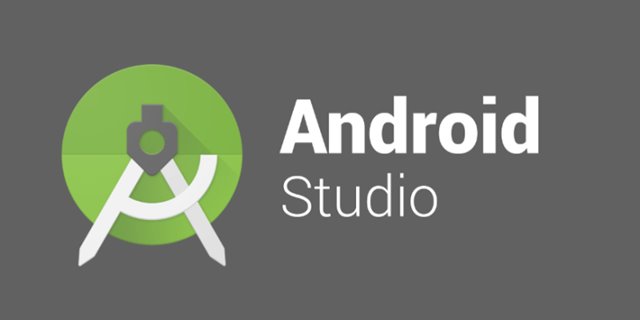

- #ANDROID STUDIO FOR MAC OFFLINE INSTALLER INSTALL#
- #ANDROID STUDIO FOR MAC OFFLINE INSTALLER FULL#
- #ANDROID STUDIO FOR MAC OFFLINE INSTALLER ANDROID#
- #ANDROID STUDIO FOR MAC OFFLINE INSTALLER LICENSE#
- #ANDROID STUDIO FOR MAC OFFLINE INSTALLER WINDOWS#
The extension provides a set of project templates for use in Visual Studio as well as ArcGIS
#ANDROID STUDIO FOR MAC OFFLINE INSTALLER INSTALL#
However, are only available by installing the extension (the extension is not available on Visual Studio for Mac).įor developing ArcGIS Runtime apps with Visual Studio for Windows, you can download and install the ArcGIS Visual If you want to add the ArcGIS Runtime NuGet packages from an online source (), there is no need to downloadĪnd install them locally. Installing the extension will add the Visual Studio templates and configure a local NuGet package source. NET provides a Visual Studio Extension (.vsix file) with project templates and NuGet packages for supported platforms.
#ANDROID STUDIO FOR MAC OFFLINE INSTALLER FULL#
Install the full Visual Studio extensionĪrcGIS Runtime API for.
#ANDROID STUDIO FOR MAC OFFLINE INSTALLER LICENSE#
Click Install to add the package to your project.Ĭhoose OK to proceed with the installation and then I Accept to accept the license agreement.Īfter adding the package, you'll be able to work with the components in ArcGIS Runtime SDK for. Select the most recent version package for your platform. You will see several matches (for various versions and platforms). Type "ArcGIS Runtime" in the Search text box. Open the NuGet Package Manager ( Project > Manage NuGet Packages, for example).Ĭhoose the Browse tab in the manager and the package source. Offline or using Visual Studio for Mac, for example), you can download the packages you need from. OpenJDK 64-Bit Server VM (build 14.0.2+12-Ubuntu-120.04, mixed mode, sharing)Īdd the following lines to your shell profile, usually ~/.bash_profile or ~/.bashrc, or if you are using zsh then ~/.zshrc config file:If you need locally available NuGet packages but cannot install the Visual Studio extension (perhaps you're developing while $ java - version $ javac - version # Should print something like $:openjdk 14.0.2 We recommend using Homebrew to install the required dependencies - a popular package manager for macOS. You will need Node, NativeScript CLI (command line interface), XCode, xcodeproj, cocoapods.
#ANDROID STUDIO FOR MAC OFFLINE INSTALLER ANDROID#
The default adoptopenjdk16 does not currently work with the gradle plugin version NativeScript uses, so we recommend sticking with an older version for now.Ĭonfigure the ANDROID_HOME environment variable for NativeScript to be able to find the Android SDK, and add the required tools to path.Īdd the following lines to your shell profile, usually ~/.bash_profile or ~/.bashrc, or if you are using zsh then ~/.zprofile or ~/.zshrc config file: The newly created AVD should show up in the list, and you should be able to click the green "play" button to start the virtual device. If the selection is greyed out, click the "Download" link next to the Release Name to download the System Image and then click " Next" and " Finish" to create the AVD. For the System Image select the latest version (the highest API Level in the list). You can select any phone from the list - for example " Pixel 3 XL" and then click " Next". Click on " Create Virtual Device." then pick a phone from the list. If the list of available Virtual Devices is empty, you will need to create a new AVD. Using a virtual device: Open Android Studio, and open "AVD Manager" - If you are on the welcome screen, it's under the Configure › AVD Manager dropdown, otherwise under the Tools › AVD Manager menu. Using a physical device: Connect the device using a USB cable, and follow the instructions from Running on a physical device To run a NativeScript app, you will need an Android device - either a physical or a virtual device. If you see No issues were detected you have successfully set up your system. to create the ANDROID_HOME user variable that points to the path of the Android SDK:

#ANDROID STUDIO FOR MAC OFFLINE INSTALLER WINDOWS#


 0 kommentar(er)
0 kommentar(er)
